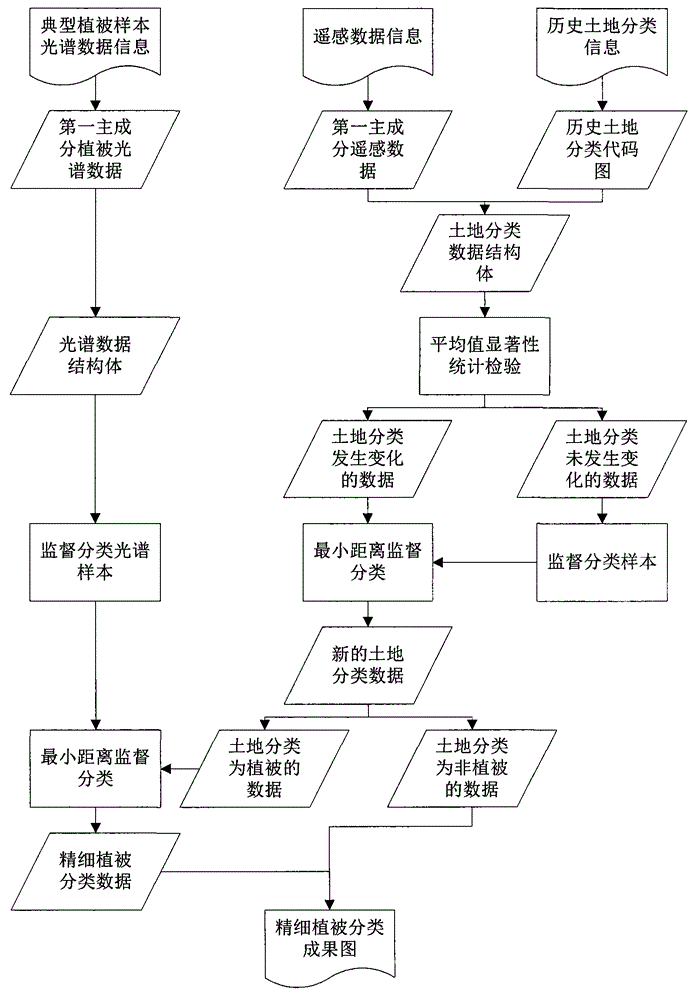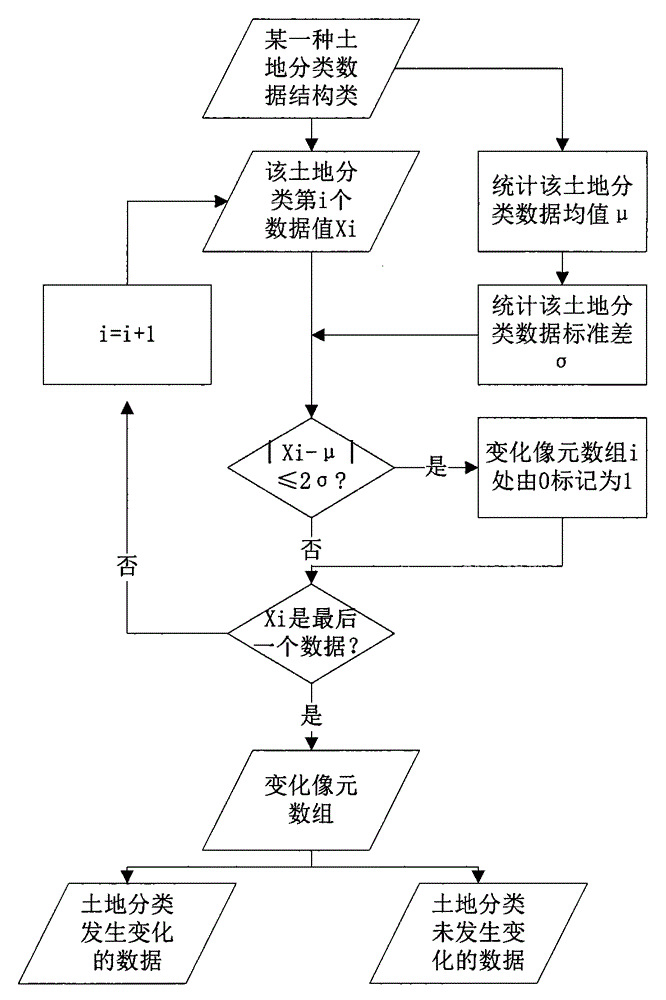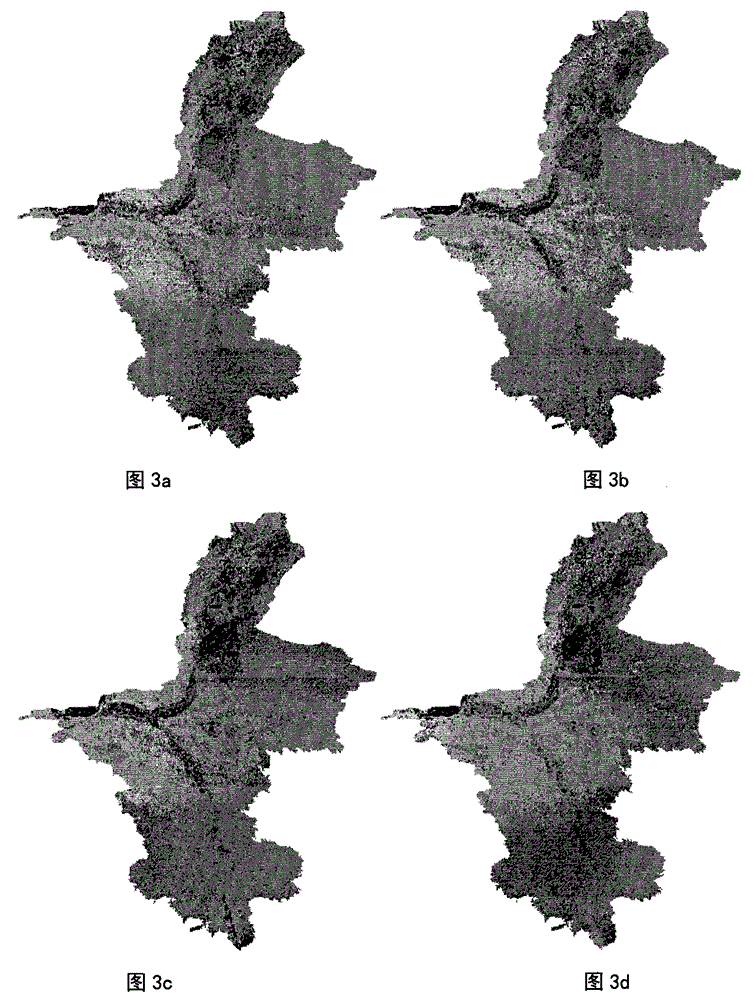Fine method for global vegetation classification based on multi-temporal remote sensing data and spectroscopic data
A technology of remote sensing data and spectral data, applied in the fields of instruments, character and pattern recognition, computer parts, etc., it can solve the problems of inability to obtain fine vegetation classification products quickly and on demand, low temporal resolution, and poor universality. Market prospects and application value, the effect of improving efficiency and accuracy, and ensuring reliability
- Summary
- Abstract
- Description
- Claims
- Application Information
AI Technical Summary
Problems solved by technology
Method used
Image
Examples
Embodiment Construction
[0030] In order to better understand the technical solution of the present invention, the present invention will be described in detail below in conjunction with the accompanying drawings and specific embodiments.
[0031] The present invention is a global fine vegetation classification method based on multi-temporal remote sensing data and spectral data. The method mainly includes the following steps:
[0032] 1. Acquisition of remote sensing data and typical vegetation spectrum data;
[0033] 2. Remote sensing data and spectral data preprocessing;
[0034] 3. Feature information extraction;
[0035] 4. Statistical test of mean significance for changing land types;
[0036] 5. Use land type change information for land classification;
[0037] 6. Using spectral data information for fine vegetation classification.
[0038] The concrete realization process of the present invention is as figure 1 As shown, the specific implementation details of each part are as follows:
[...
PUM
 Login to View More
Login to View More Abstract
Description
Claims
Application Information
 Login to View More
Login to View More - R&D
- Intellectual Property
- Life Sciences
- Materials
- Tech Scout
- Unparalleled Data Quality
- Higher Quality Content
- 60% Fewer Hallucinations
Browse by: Latest US Patents, China's latest patents, Technical Efficacy Thesaurus, Application Domain, Technology Topic, Popular Technical Reports.
© 2025 PatSnap. All rights reserved.Legal|Privacy policy|Modern Slavery Act Transparency Statement|Sitemap|About US| Contact US: help@patsnap.com



